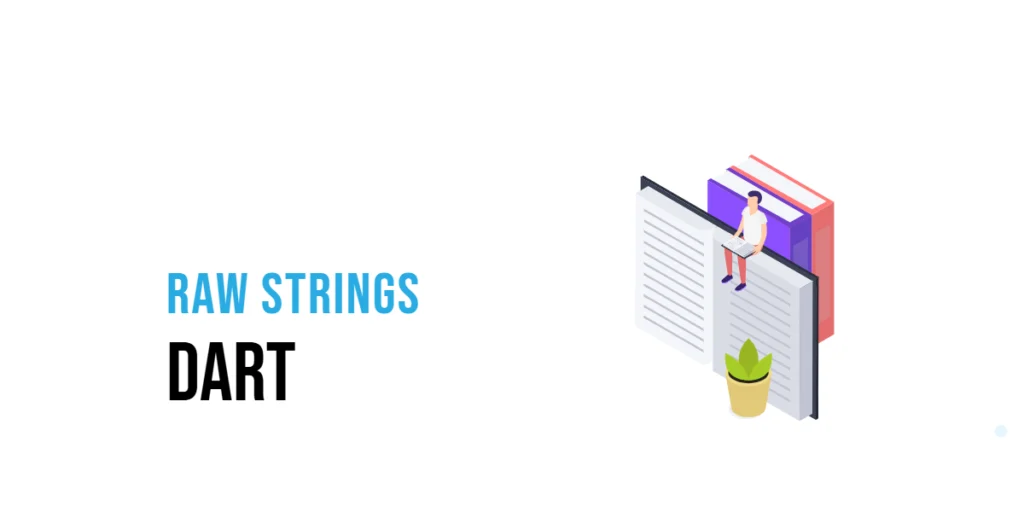Flutter: Enabling & Disabling Buttons
Buttons are a big part of mobile apps. They allow users to take action, like submitting a form, making a purchase, or navigating to another screen. But sometimes, you might not want a button to be clickable right away. For example, you might want a button to stay disabled until the user fills in all […]
Flutter: Enabling & Disabling Buttons Read More »









